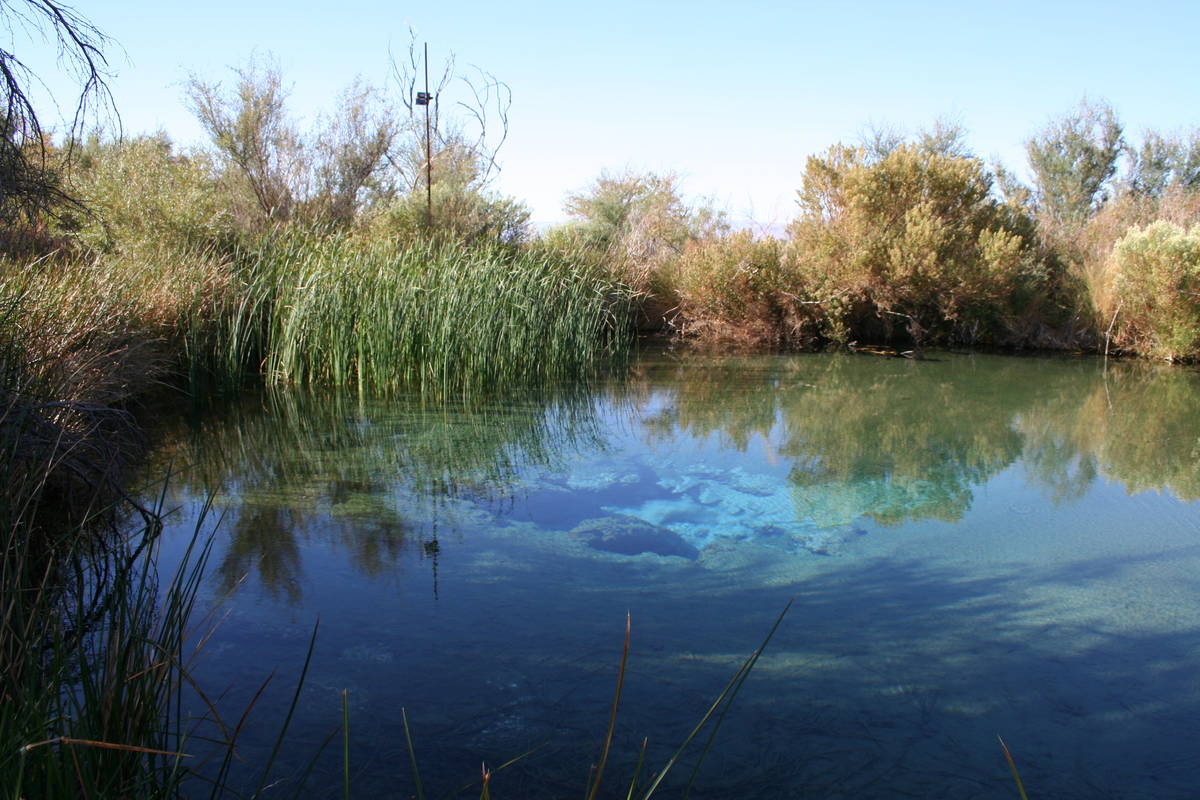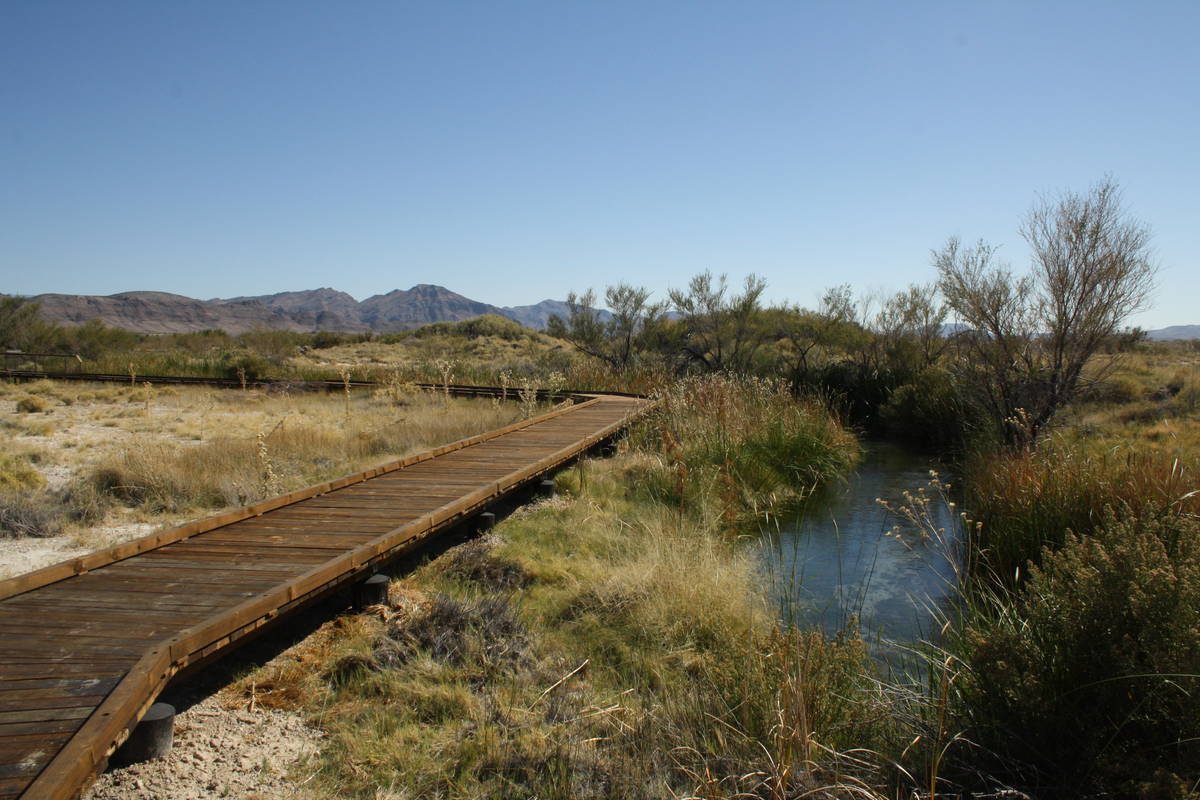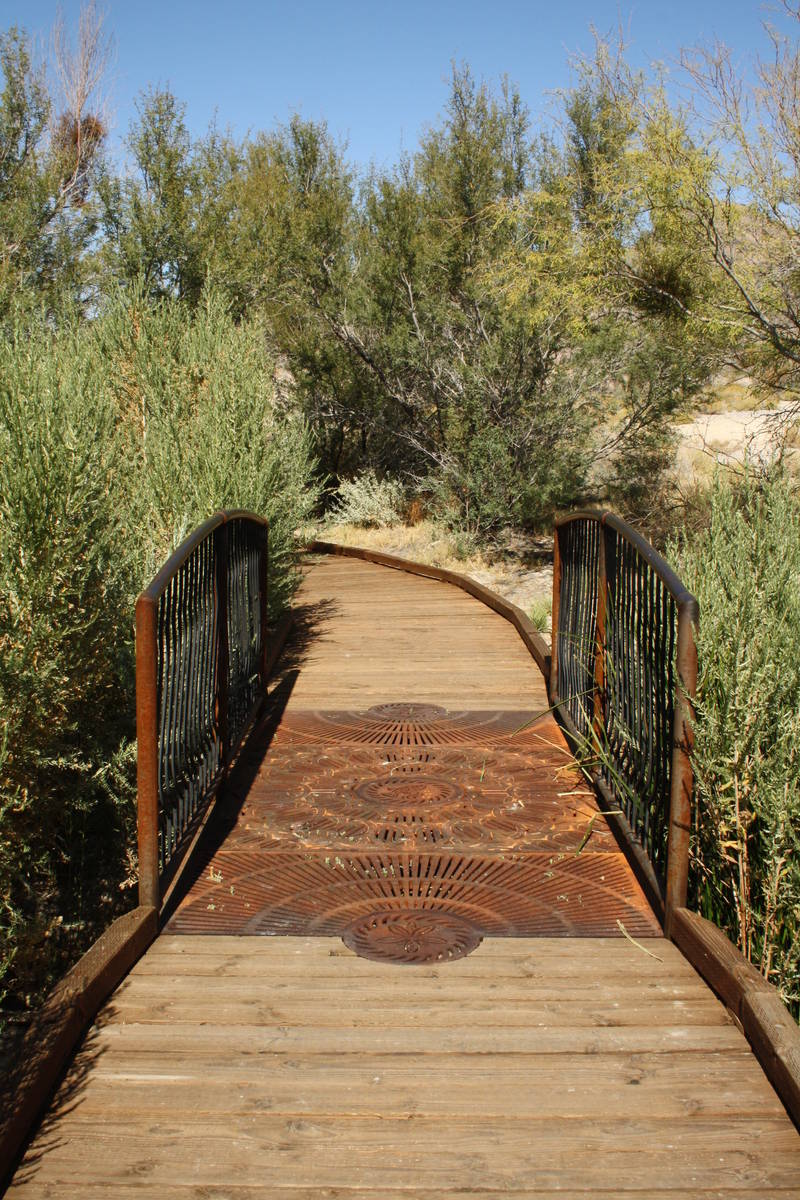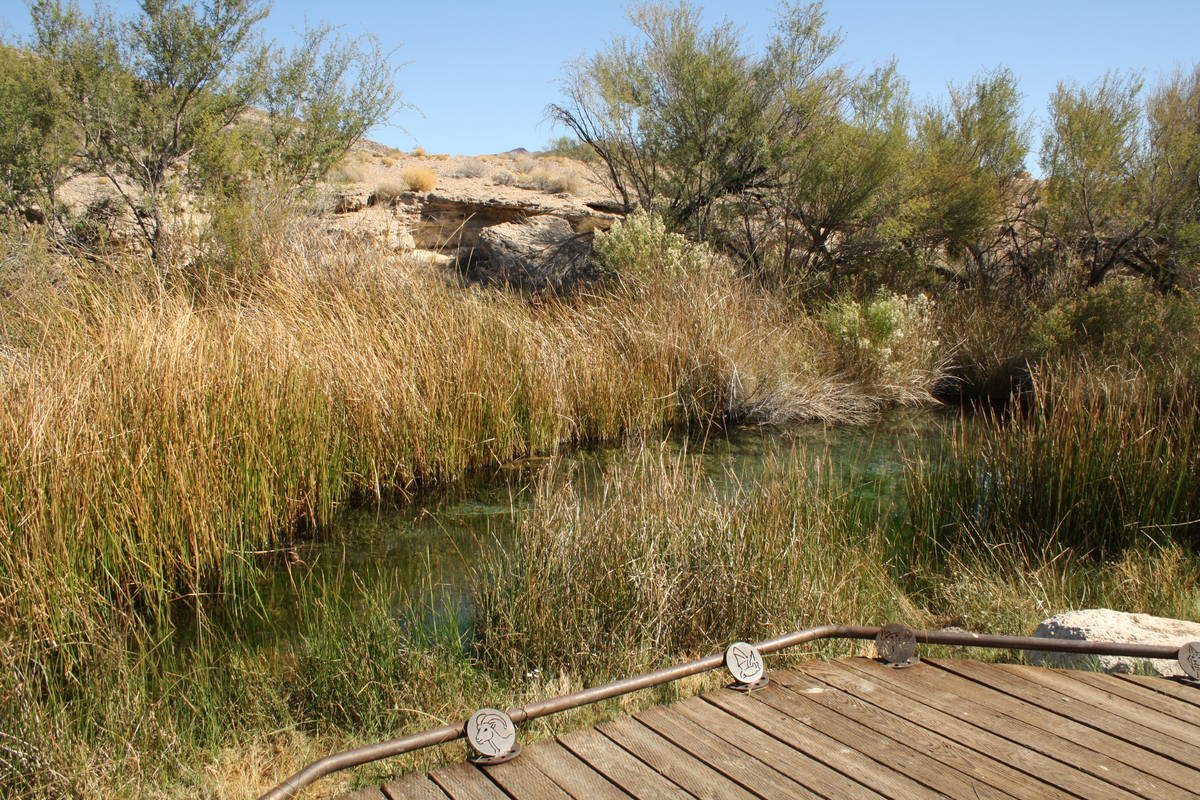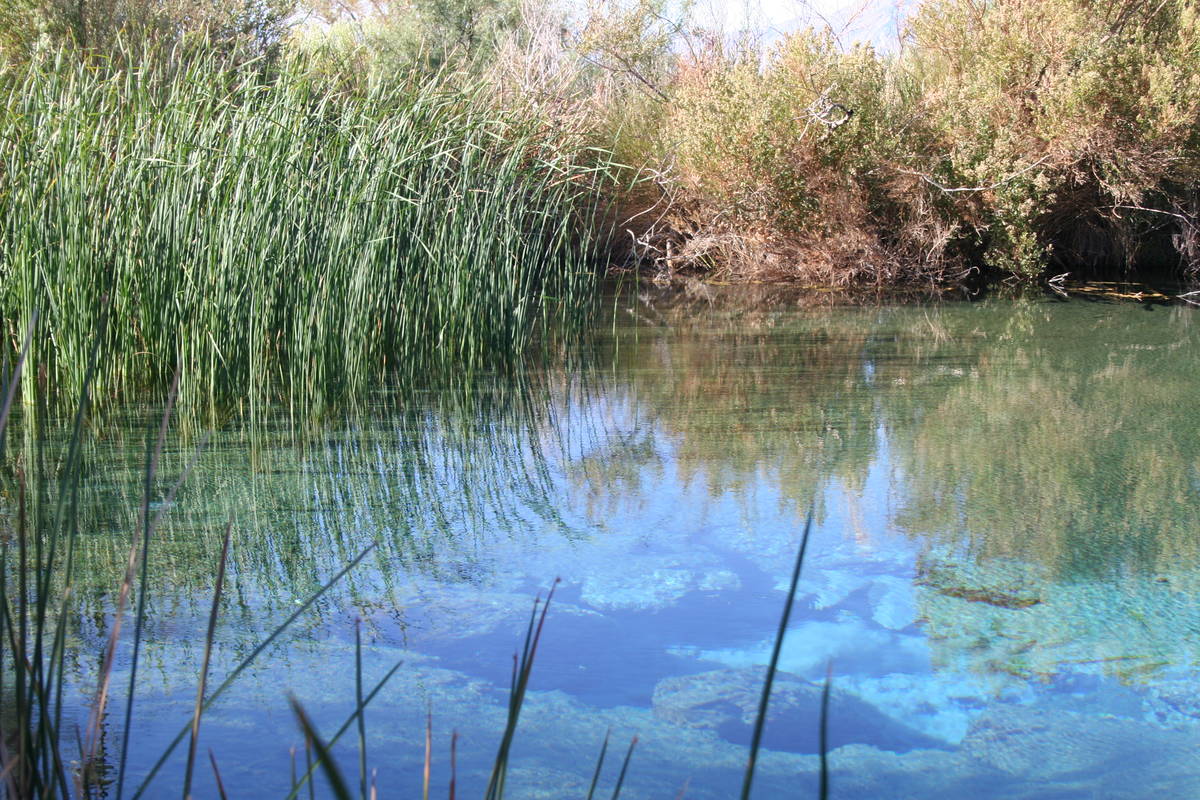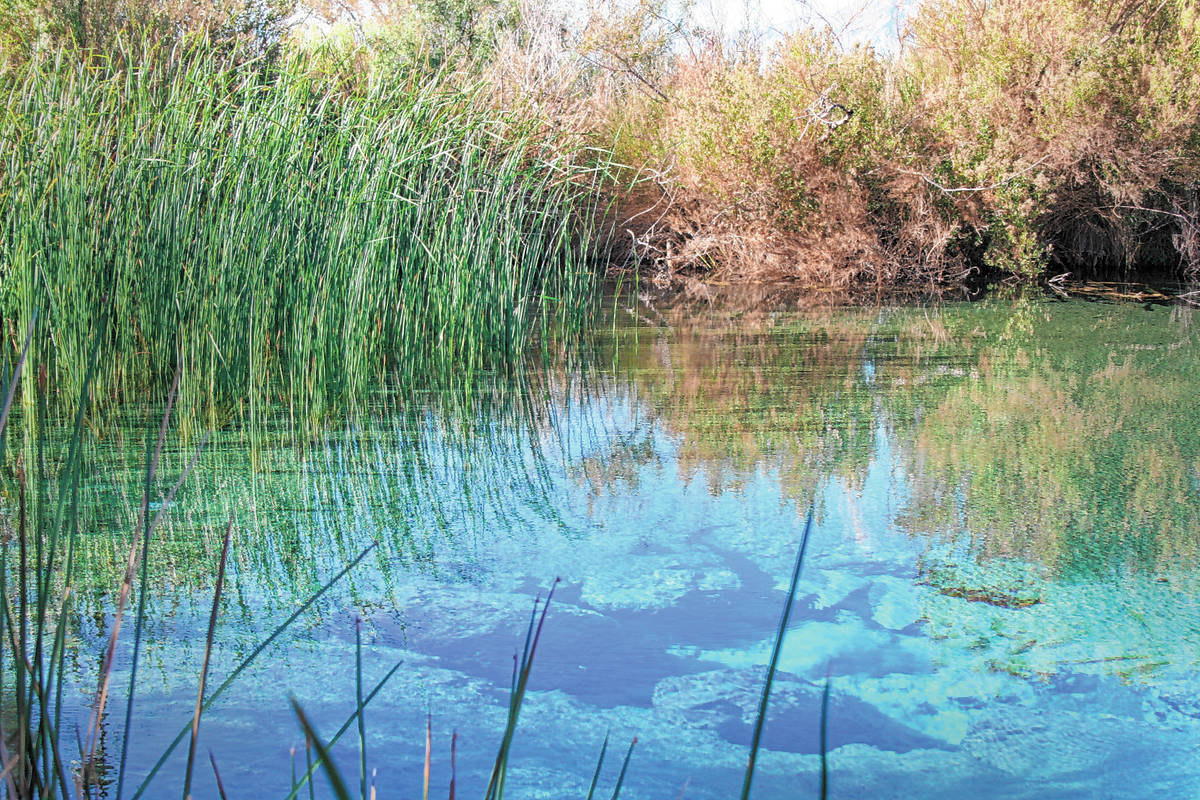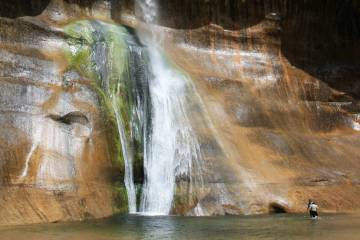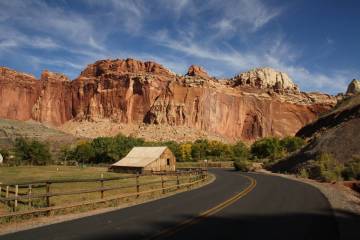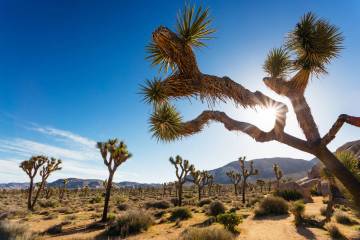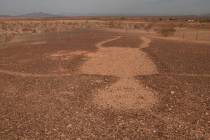It’s not a mirage: One of largest oases in Mojave Desert beckons bird lovers
Ash Meadows National Wildlife Refuge is a wonderful place to hop your way into spring. An easy day trip of 90 miles from Las Vegas, this 24,000-acre refuge lies in Amargosa Valley, a few miles beyond Pahrump. One of the largest oases in the Mojave Desert, it was designated a refuge in 1984.
The refuge consists of desert uplands and spring-fed miniature oases. There are 30 seeps and springs here with surface water, seven of which are considered major springs. The springs and seeps together pour out about 10,000 gallons of “fossil water” per minute, which is said to have entered the groundwater system thousands of years ago.
The water provides a rich habitat for vegetation and area wildlife. Found here and nowhere else in the world are 26 endemic plants and animals, including the famous Devils Hole pupfish. These celebrity fish live in a single spring and are so sensitive to human activity that access to Devils Hole is restricted, but there’s still plenty of other wildlife to see.
Now is a good time to visit because spring bird migration occurs during April and May, and nearly 300 species of birds have been recorded here. With an elevation of about 2,200 feet, visitors can expect temperatures that are typically about the same as in Las Vegas.
One of the highlights of the refuge is the Point of Rocks Springs area. A quarter-mile looping boardwalk trail leads visitors to the Kings Pool, one of the premier destinations for seeing wildlife in the refuge. A close look at the water might reveal Amargosa pupfish. The males are blue, females are green and less than 2 inches in length, and can survive in waters as hot as 93 degrees and only an inch deep. Desert bighorn sheep frequent this area, which is a birder’s paradise.
During spring, waterfowl such as the ruddy duck and northern pintail can be seen, and keep an eye peeled for glimpses of the belted kingfisher, red-winged blackbird or ruby-crowned kinglet. Resident birds include Gamble’s quail, greater roadrunner, verdin and lesser goldfinch.
Some rare birds occasionally visit and breed here, including the southwestern willow flycatcher and the Yuma clapper rail. Sometimes peregrine falcons and bald eagles, two formerly endangered species that are now success stories, are known to stop here as they migrate. More commonly seen raptors include golden eagles, prairie falcons and red-tailed and Cooper hawks.
For larger, water-loving birds, be sure to check out Crystal Reservoir, where one might see a tundra swan, American white pelican, great egret or snowy egret.
Phainopepla, a dry-country bird famed for its specialized diet of mostly mistletoe berries, can be recognized by the crests atop its head. Males are a silky black with white wing patches that flash in flight; females look similar but are dark gray. They are found throughout the refuge but seem especially concentrated along the Crystal Spring boardwalk, located behind the visitor center. This half-mile round trip takes visitors along a boardwalk by flowing springs and natural pools. Crystal Spring has a natural output of 2,800 gallons a minute.
The refuge is at 610 E. Spring Meadows Road, Amargosa Valley. The visitor center is closed but the trails, restrooms and picnic areas are open for day use from sunrise to sunset. All of the roads are well-maintained gravel but are suitable for most passenger cars, unless during or after rain. 775-372-5435 or fws.gov/refuge/ash_meadows



